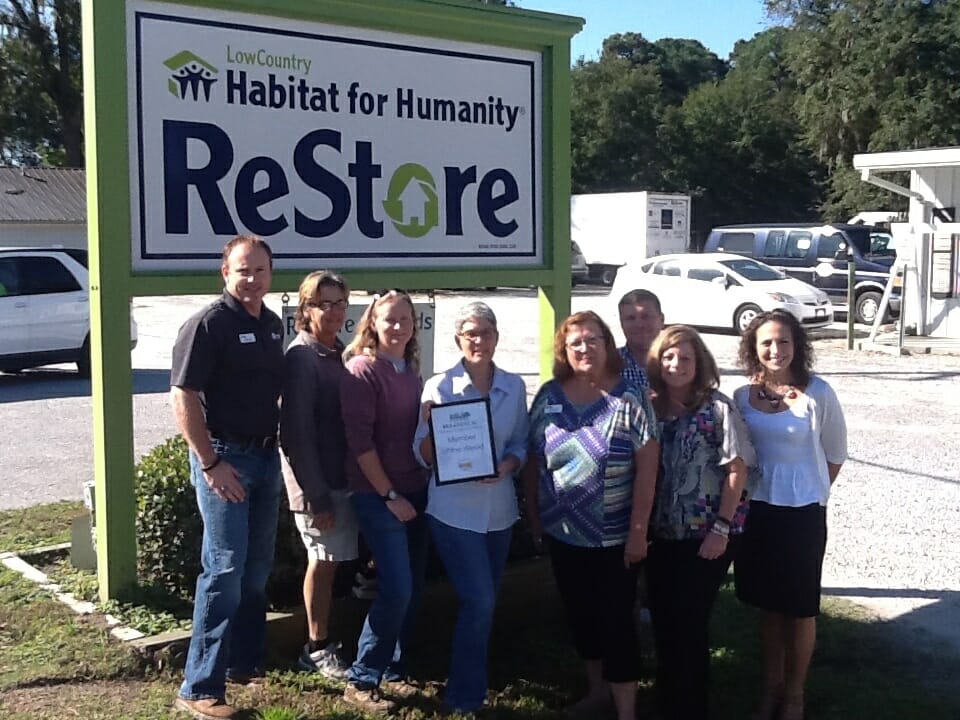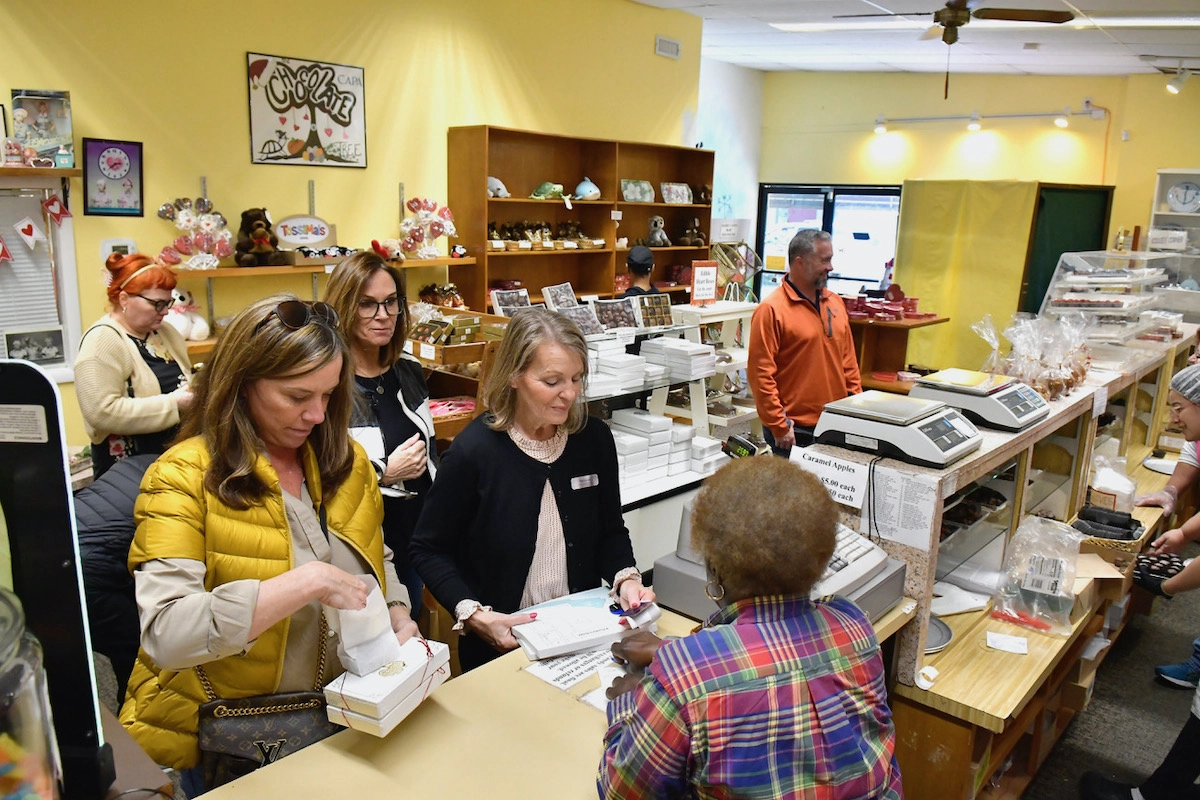Provided by State Farm
You’ve equipped your home with all the necessary precautions for a fire. But smoke detectors and fire extinguishers aren’t enough to keep your children prepared. Equip your family with safety knowledge by teaching them about fire hazards and how to react if a fire sparks in the home.
Identify Your Home’s Hazards
Most of the fire hazards in the home are in the kitchen. Read our tips on cooking safety to better familiarize yourself with kitchen fire hazards. The most important lesson for young children to learn in the kitchen is that the stove is hot, and they should keep away from it when it’s in use. When your children are older and ready to begin cooking for themselves, then you can instruct them further on individual appliance safety and extinguishing cooking fires.
Playing with matches is another major source of home fires. Children as young as two years old can strike matches and start fires, so be sure to keep your matches and lighters safely tucked away in locked drawers. Teach children not to pick up matches or lighters they may find, but to tell an adult immediately.
You should also inform your children about the following hazards:
- Aerosol cans: These can explode if placed near stoves, radiators, or other sources of heat.
- Candles: Candles can start fires if placed near flammable materials, and their hot wax can burn skin. Never let children light candles, and get in the habit of blowing out any candles before leaving a room.
- Electrical cords: Fraying cords can ignite a fire, so show children how to recognize one.
- Lamps: Explain that paper or cloth over a lamp can start a fire.
- Iron: Warn children to stay away from an iron standing on end.
- Christmas trees: Live trees dry out and are highly flammable.
Stop, Drop and Roll
Teaching children this important safety move can prevent serious burns if their clothes are on fire. Have them demonstrate the steps for you, and remind them to cover their face and mouth.
Practice with Games
A good way to get children involved in fire safety is by making practice fun. A fire drill every few months will get children interested with the change in routine. Start the drill with a smoke alarm, so children can recognize the beep as an early warning to fire. Have them follow an evacuation plan and make sure they know the chosen safe spot to meet outside the house.
9-1-1 Is No Joke
Children old enough to understand the telephone should be taught to call 9-1-1 at the first sign of an emergency provided they have first gotten themselves to safety. Kids may think it’s funny to prank call 9-1-1, so stress that it is against the law and carries consequences.








